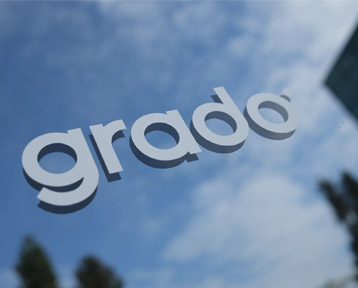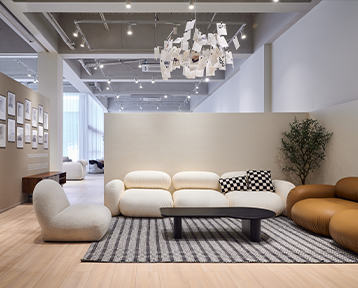In 2016, we identified the growing need to reconnect more authentically with nature as a key driver impacting consumer behaviour at an increasingly large scale. Having taken on added relevance after nature helped so many people through periods of isolation, biophilic design is now imperative to both products and spaces, across residential as well as commercial environments.
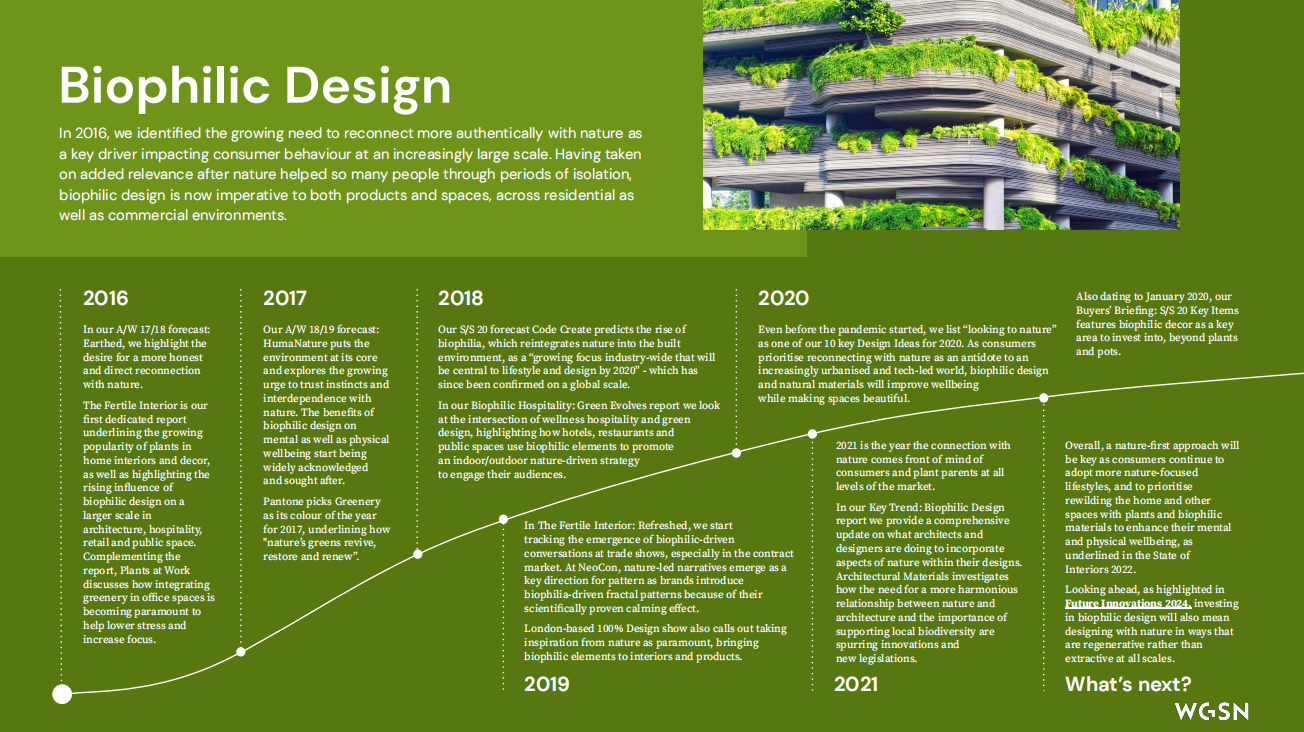
By WGSN
What Is Biophilic Design?
Biophilic design is a style of architecture and interior design, incorporates elements of nature into our daily spaces. It’s a response to our deep biological need to stay connected with nature, and it’s now shaping a major natural interior design trend. Creates a calming, restorative, and alive space through biophilic furniture and materials.
Why Biophilic Interior Design Matter?
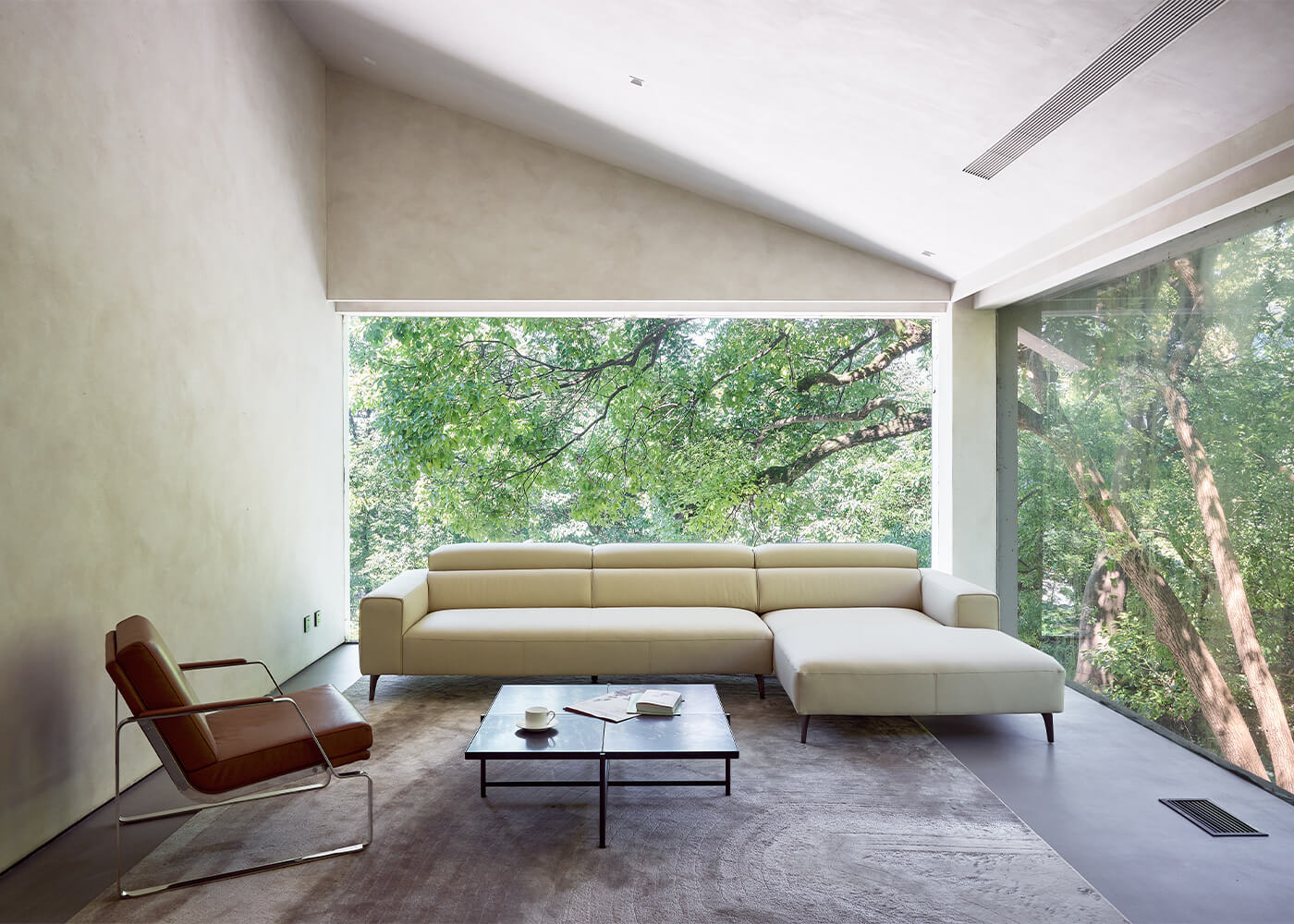
By GRADO
A Human Spaces research report showed that biophilic design can improve productivity by 6% and creativity by up to 15%.
Biophilic design sees people as living beings and believes our physical and mental systems reflect our overall health and well-being. Today, we spend 90% time indoors. It’s more important than ever to bring this connection into the built environment. By 2050, about 70% of the world’s population is expected to live in cities. With these transformations, reconnecting people with biophilic design is becoming a growing need.
With the global of sustainable design, biophilic design also plays an eco-friendly role. It encourages the use of natural materials and elements, helping buildings work in harmony with the environment. For interior designers, architects, and the furniture industry, biophilic design is fulfilling people’s deeper aspirations for life in the present era.
Biophilic Interior Design Examples
Residential Environments
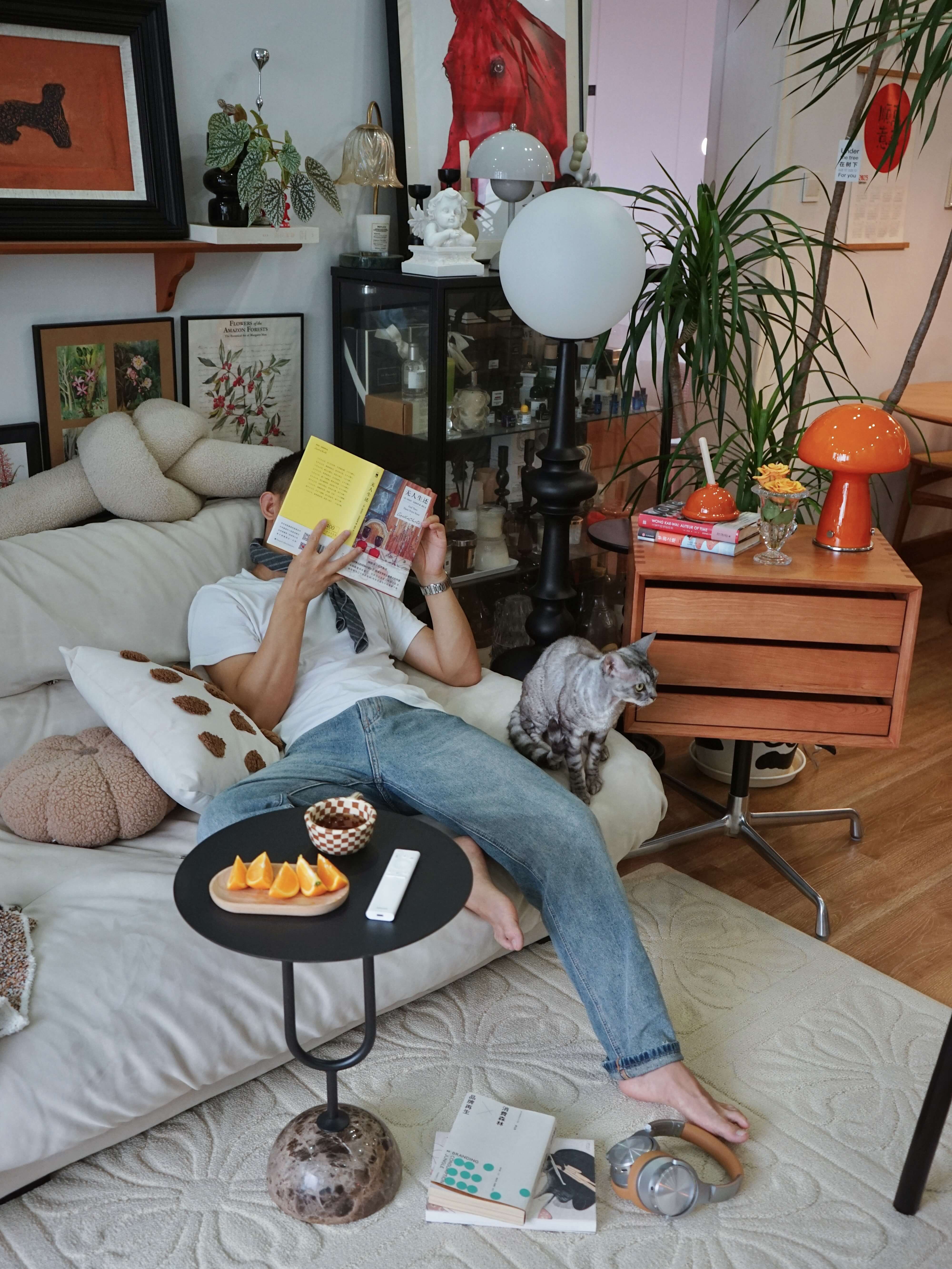
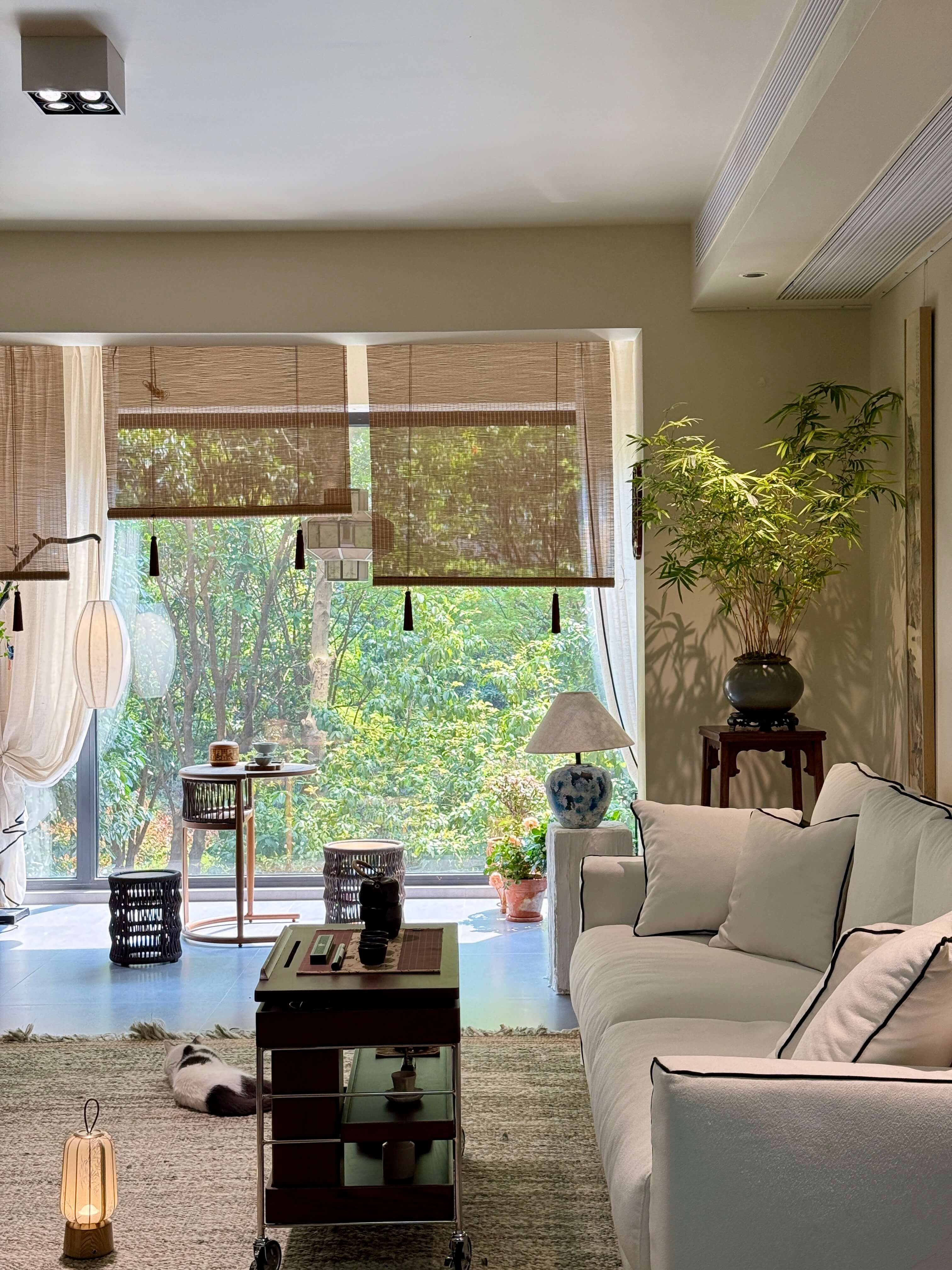
Manggis Sofa & Cloud Elegance Trolley
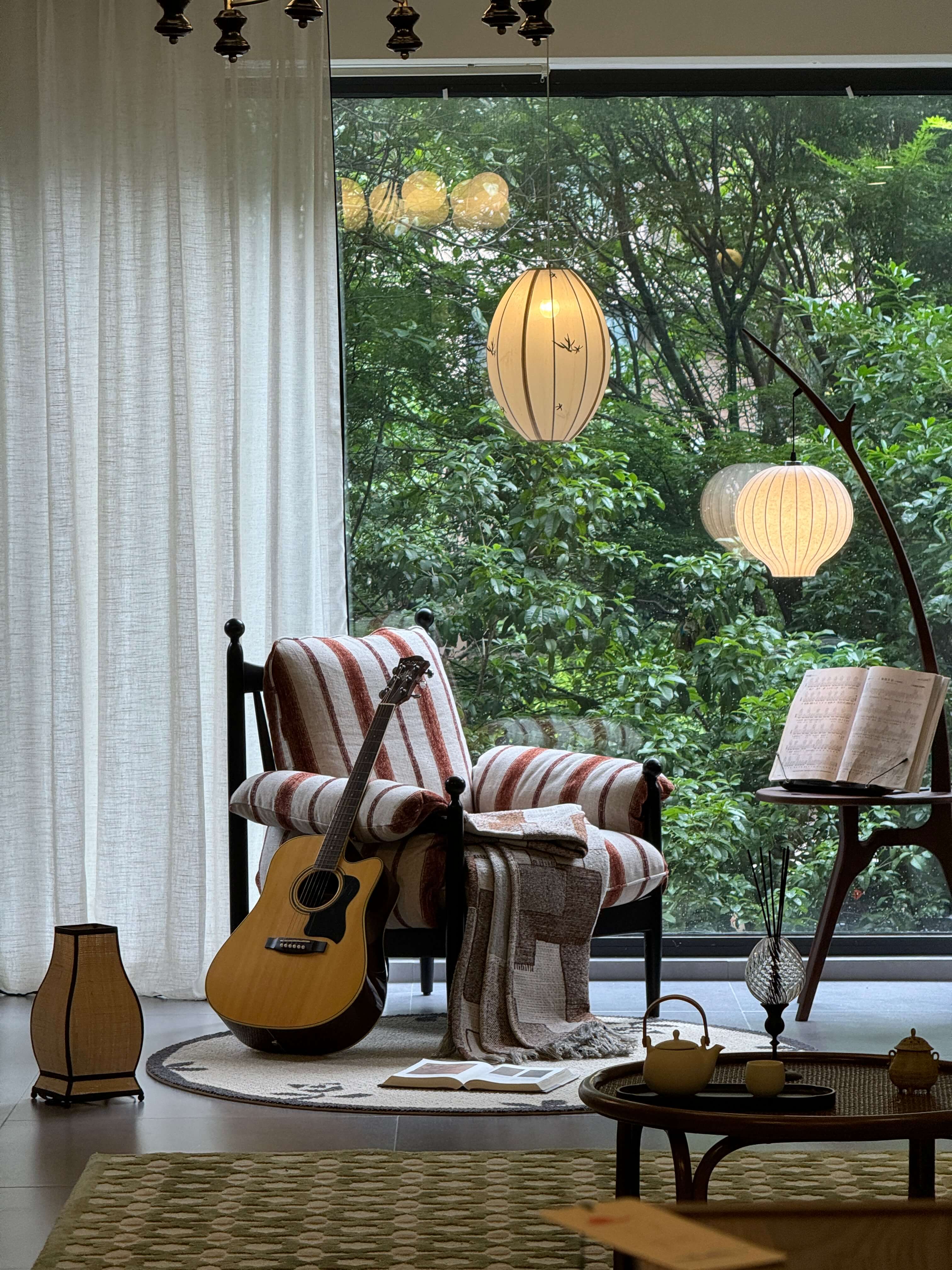
Commercial Environments
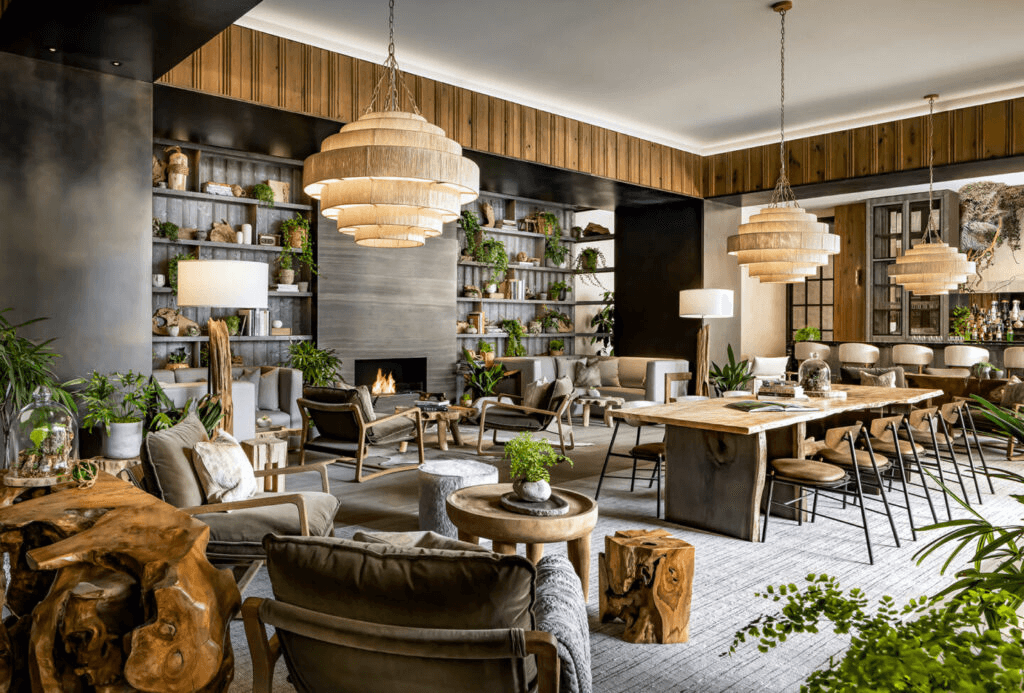
With numerous locations across North America, and more coming soon in Europe and Australia, 1 Hotels is a hotel chain with a difference. These hotels intentionally adopt biophilic design concepts to promote sustainability and create unique wellness experiences for guests.
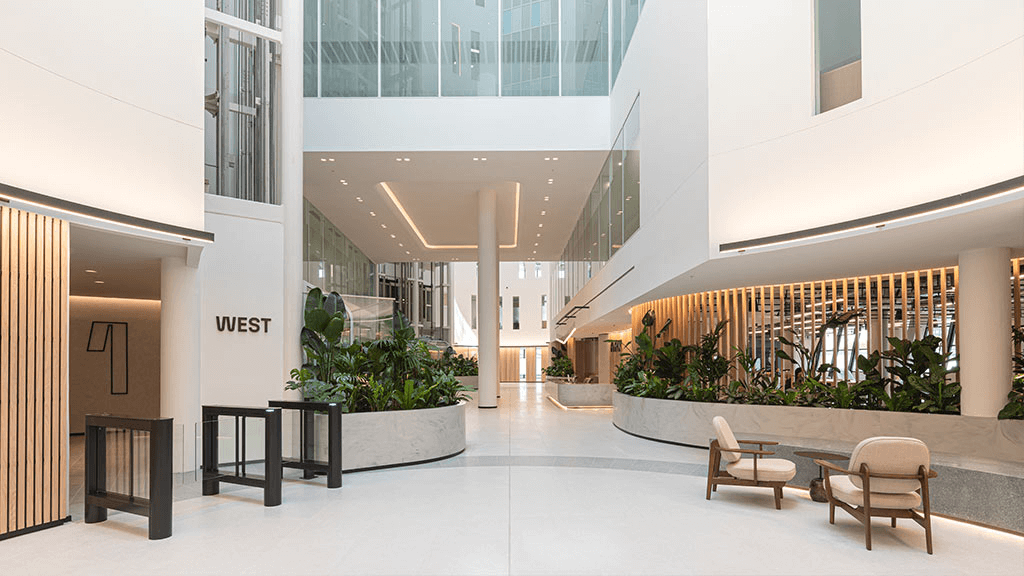
The Ark
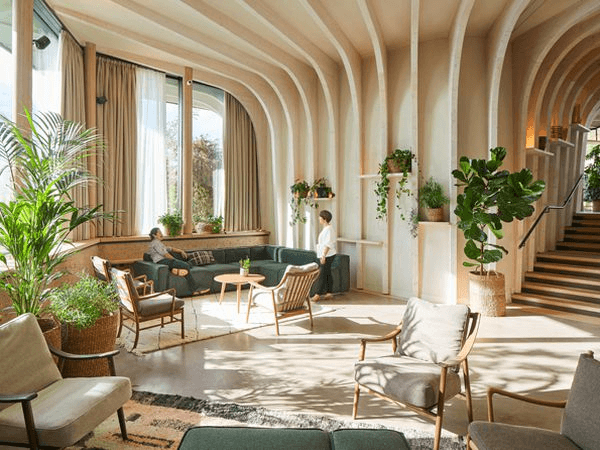
Maggie’s, Yorkshire was built in 2019 and was designed by Heatherwick Studio
6 Key Elements of Biophilic Interior Designs
People tend to feel more comfortable around natural-looking features. Colors, textures, sunlight, and water that reflect nature can instantly create a biophilic mood.
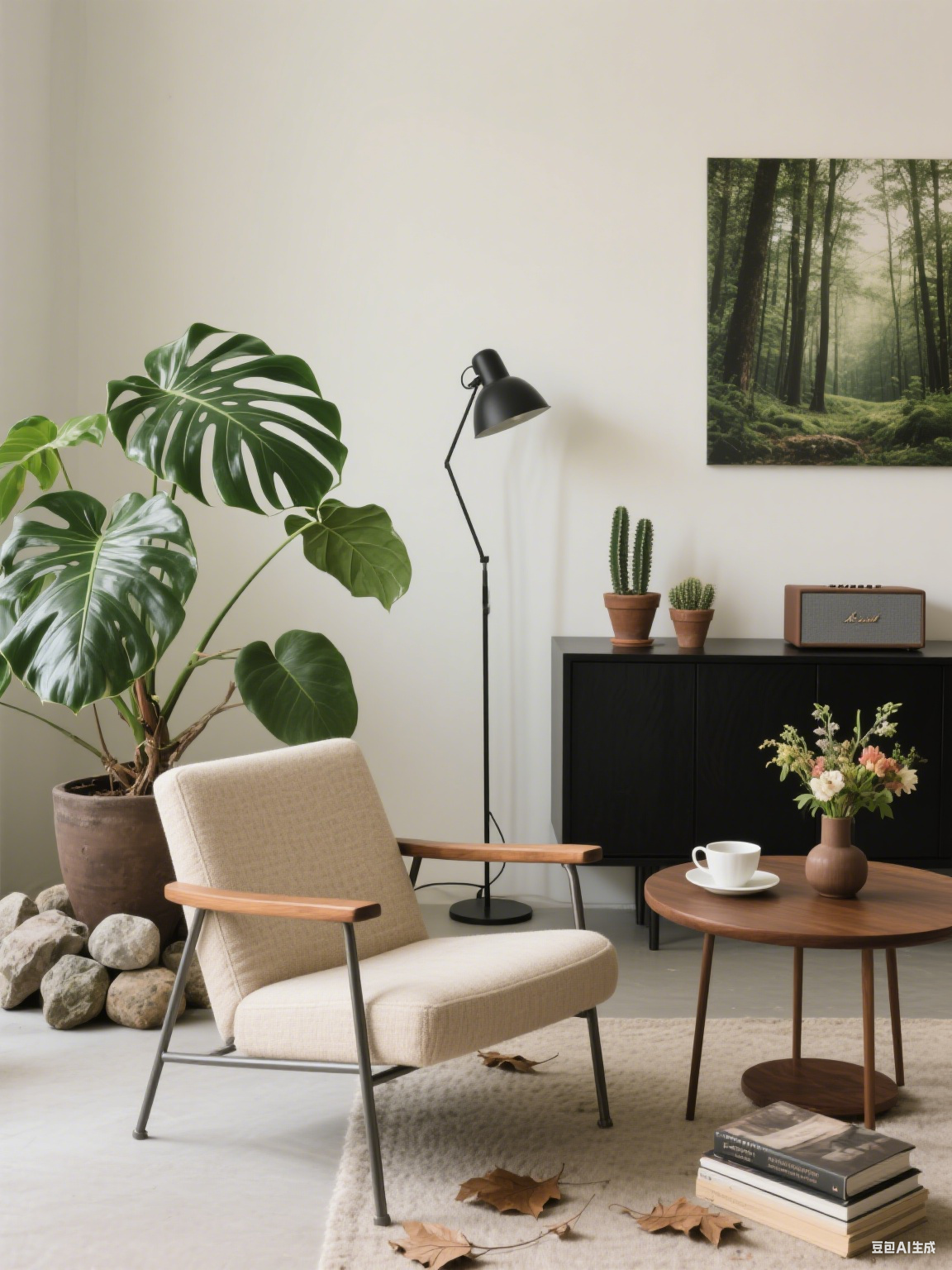
Biophilic furniture generated by AI
Indoor Plants
Adding plants to interior design is also part of biophilic design. Potted plants and clusters of greenery not only improve the indoor air quality, but also can easily bring natural elements into the interior.
Natural Materials: The Building Blocks
Wood, stone, leather and wool are more than decorative — they are essential to creating spaces that feel organic.
Water-based finishes preserve the natural grain of wood, adding visual depth while reducing environmental impact. Full-grain leather reveals the raw beauty of hide, as it ages, rather than wearing out. Wool textiles invite touch, offering a tactile warmth that softens the overall space. These materials don’t just look natural — they engage the senses and foster an emotional connection with the environment.
Earth-Tone Palettes
Earth tones like beige, gray, and off-white help create a calm and soothing atmosphere in any living space — a key goal of biophilic interior design.
Shapes + Forms Of Nature

Biophilic design favors flowing, similar to Grin Sofa
Biophilic design favors flowing, organic shapes over sharp edges. Think arches, domes, oval forms, and curves — all of which mimic natural structures and encourage a sense of comfort.
Natural Light
Human beings and plants share much in common, we need sunlight to thrive and maintain important hormone balances in our brains. Benefiting from both natural and filtered daylight, spaces can create an open environment, connecting the indoors and the outdoors so that the outdoor landscape and interior decoration coexist harmoniously.
grado Take on Biophilic Design Living
Offline Events of Living With Plants in grado Hangzhou & Shanghai Stores
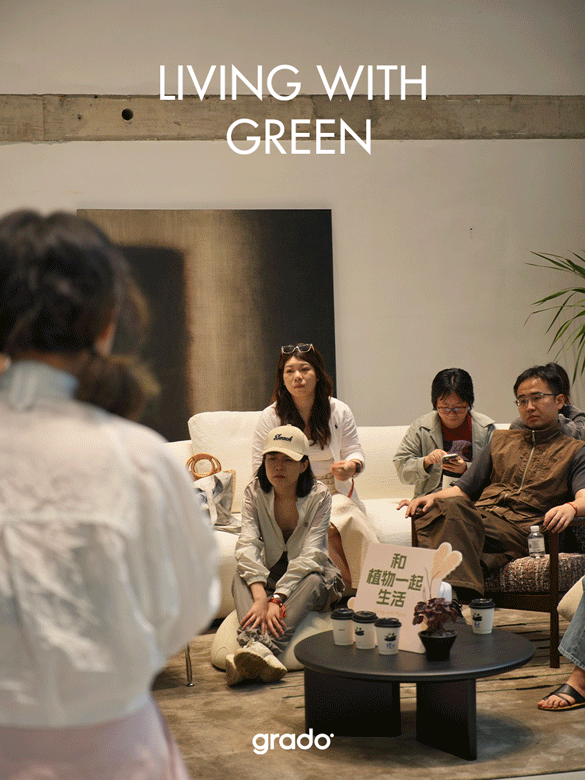
In May, grado hosted an offline event with plant brand BennyPlant in its Hangzhou and Shanghai showrooms. The theme: Living with Plants.
Visitors explored how soft wood grains and gentle furniture shapes could pair with vibrant greenery to create deeply relaxing, naturally inspired rooms. Peeking through the holes of monstera leaves or brushing against silver trailing vines, people experienced how biophilic furniture helps translate emotional comfort into physical space.
Indoor House Plant Arrangement
Play with Height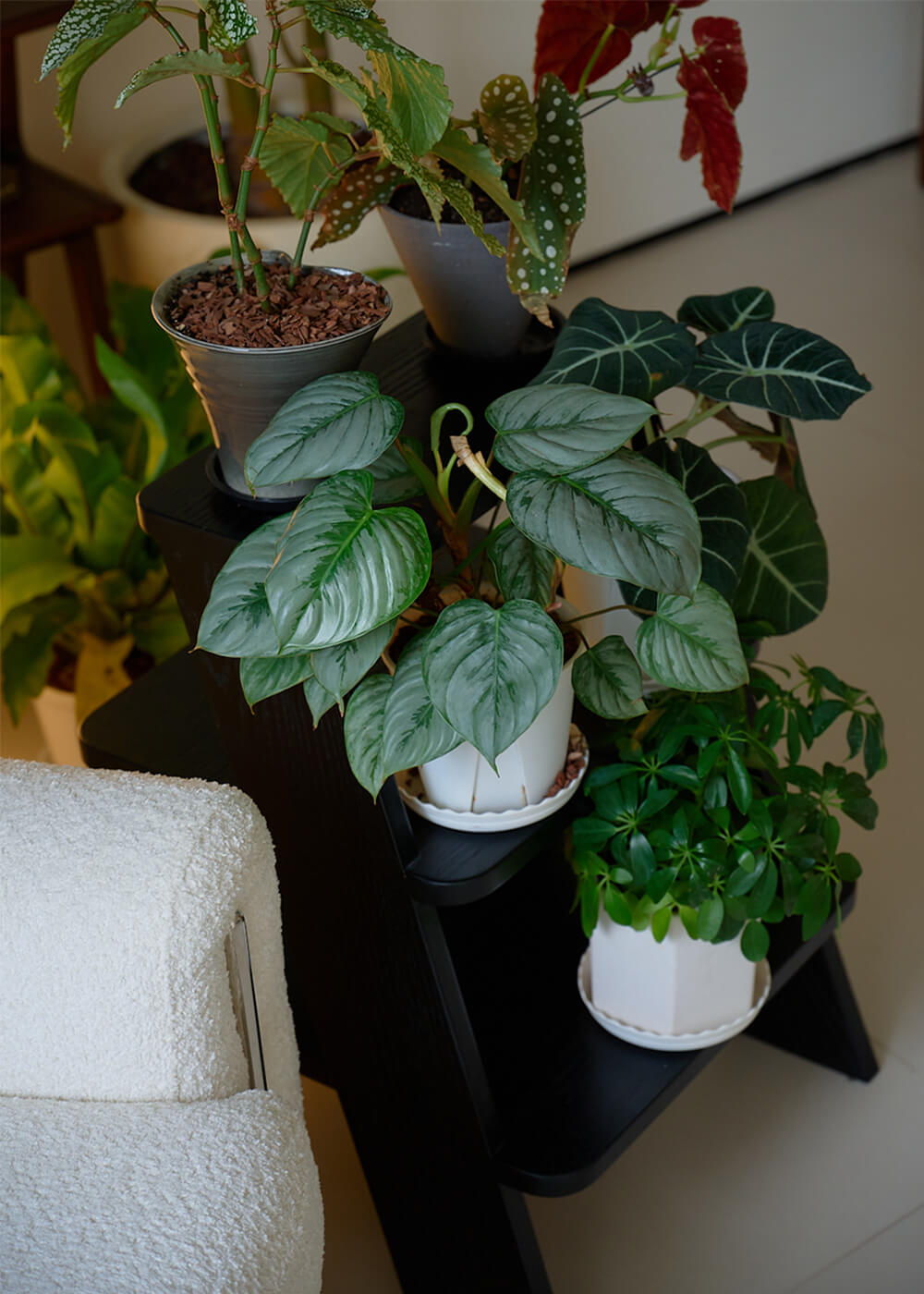
Use ladders, carts, or shelving to create plant displays at different levels. This adds depth and a natural rhythm to your room.
Go with the Flow
Try triangular or flowing arrangements—place a tall plant in a corner, then balance it with smaller ones on a table nearby.

Choose Airy Forms
Instead of dense clusters, opt for plants with space between the leaves. They make a room feel more breathable and open.
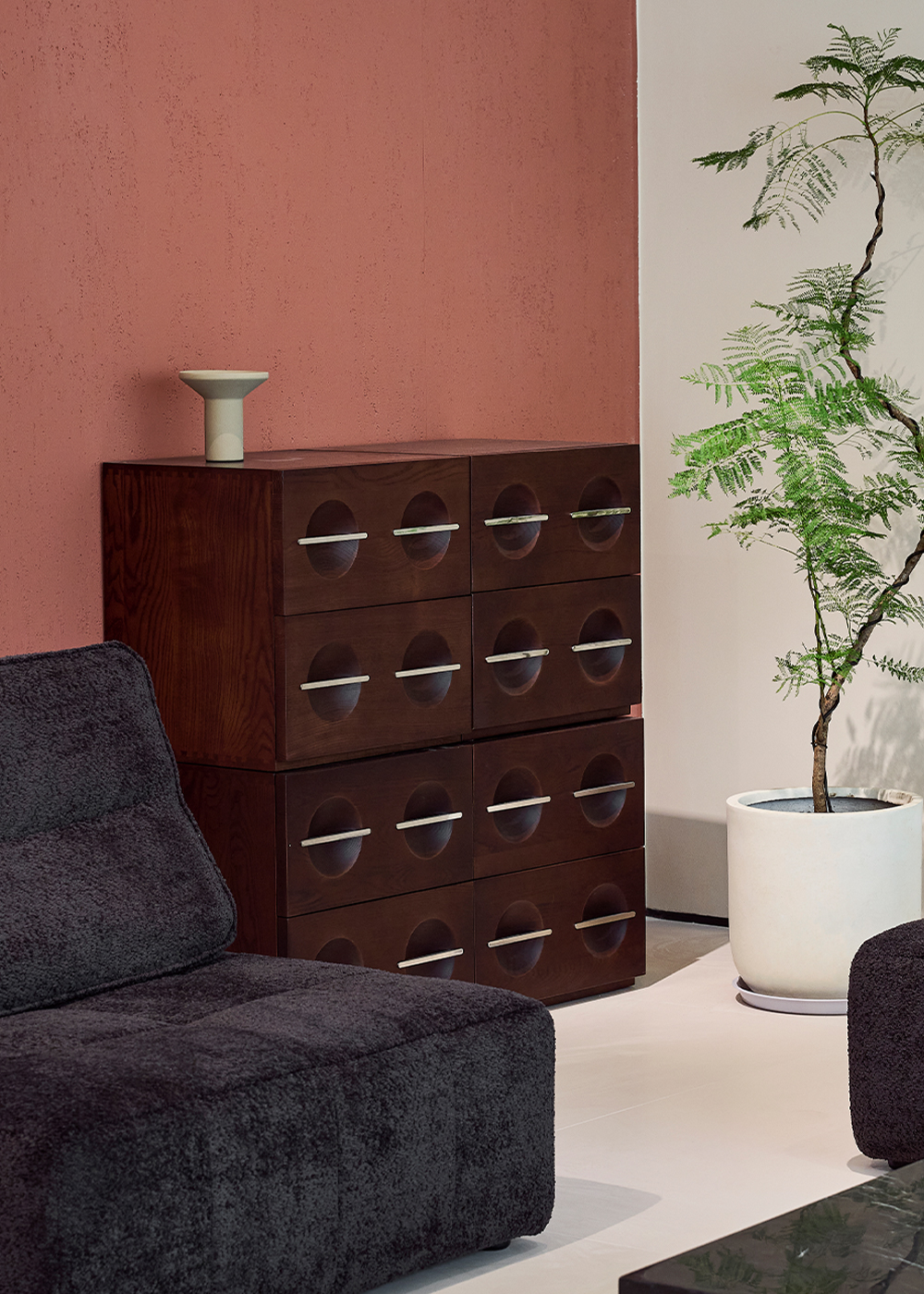
Create a Focal Point
Use one large, sculptural plant as a visual anchor. Keep the surrounding area clean to let it shine.
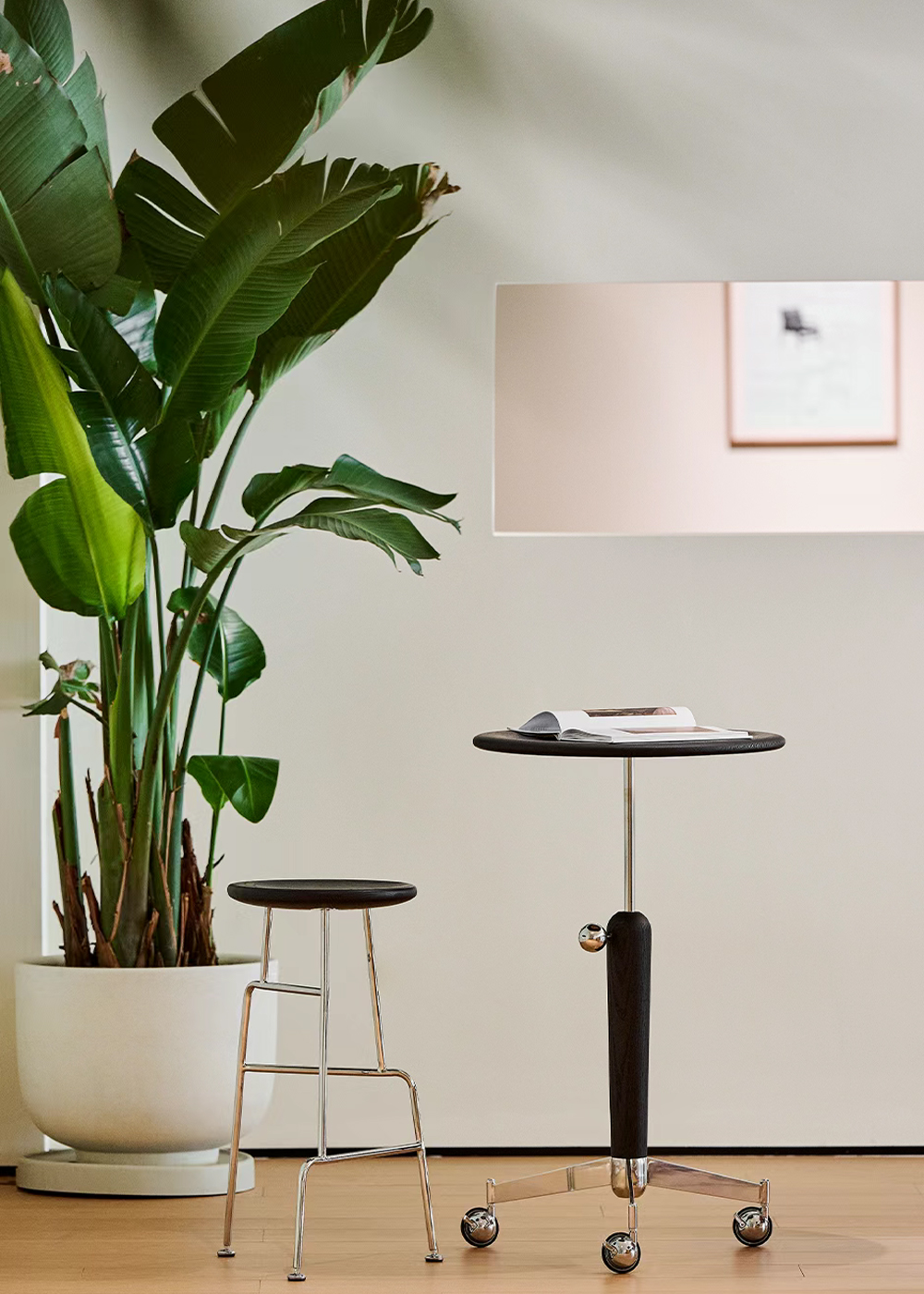
A biophilic design corner of the grado Hangzhou store
Simply put, biophilic design seeks to bring us closer to nature. In today’s fast-paced urban world, people crave emotional connections with their environments.
From concrete high-rises to forest retreats, architecture is evolving—from a functional container to an extension of life itself.
By capturing the movement of leaves, the flow of water, and the warmth of natural light, furniture becomes more than a tool — it becomes a feeling.
At grado, we design for the way people live today. To create calming, biophilic spaces, we use the touch of full-grain leather, the look of water-based wood finishes, and warm earth tones — bringing comfort, warmth, and a natural connection into modern interiors.





